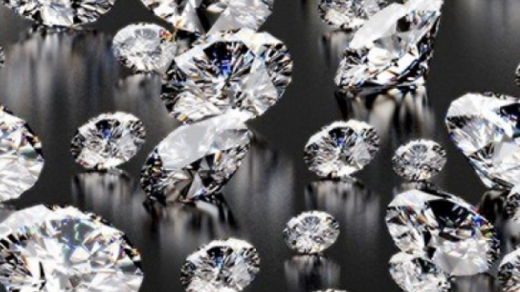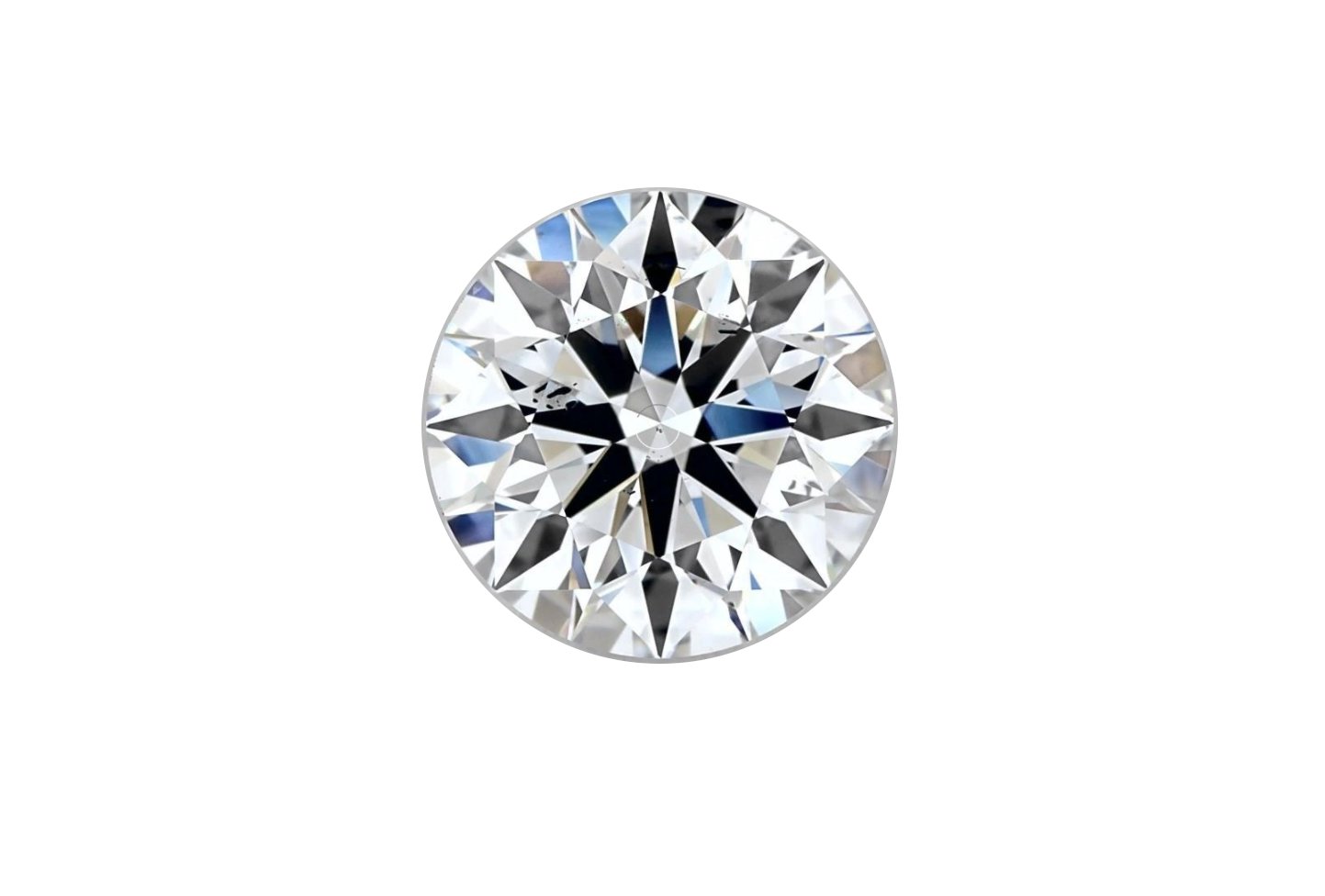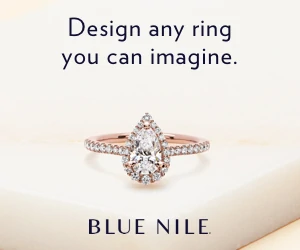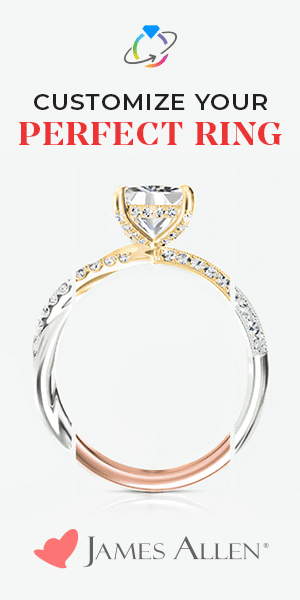So, you’ve run across the term eye-clean and are wondering what it means.
In this article I’ll explain what eye-clean means, how you can find eye-clean diamonds, and when you should be wary of someone claiming something is eye-clean.
Eye-cleanness Defined
Buying a diamond involves choosing the color, the size/weight, the shape, and the clarity grade you want.
Everyone has that one thing that they fuss over the most. For some people it’s clarity.
I completely understand. I wouldn’t want a diamond that looks like it’s full of sand. Even one speck on the diamond can be annoying.
With the high resolution images available online it’s easy to see exactly what inclusions a diamond has.
The rule of thumb is that VS2 and above is eye-clean with the occasional exception.
What do we mean by eye clean?
It is a general term which means that no inclusions can be seen with the naked eye.
Whiteflash, which is ISO 9000 certified for their in house systems, defines eye-clean as:
Eye-Clean
Definition: No inclusions visible to the naked eye of a person with 20/20 vision when viewing the diamond in the face-up position at a distance of approximately 10 inches under normal overhead lighting.
So, yes there are variables, but the above definition is reasonable and makes a lot of sense
The distance at which you hold the stone will naturally make a difference. Almost any stone is eye clean if it’s 2 meters away from you.
The type of lighting, and of course how good your eye-sight is, also come into play.
Is There an Industry Accepted Standard?
No.
As far as having an industry standard which can serve as a definition of “eye-clean” well, that’s probably not going to happen any time soon.
There is no universally agreed upon definition of eye-clean in the trade.
The definition I share above was crafted by a diamond jeweler that knows their business. The purpose was to help customers get a clear idea what is meant when the term eye-clean is used. I consider their definition to be useful and practical in real world situations.
And it’s backed by science: Scientifically speaking, ten inches is the ‘distance of most distinct vision’ as defined by the field of optometry.
The distance of 10 inches is also the basis for AGS Laboratory’s light performance grading.
So this is a logical standard and a practical baseline.
Which Diamonds Are Usually Eye Clean?
Diamonds graded by AGS and GIA with clarities of VS2 or above can safely be assumed to be eye-clean by the above standard.
Most online diamond jewelers do not state the “eye-clean” status of a diamond.
Some do.
Those merchants will note which diamonds are eye-clean by noting “Eye-clean = Yes” in the stone’s description.
This means the diamond has been inspected by someone in person.
For example at Whiteflash they will note this down on a number of their stones’ listings. We know that according to their definition this tells us whether the diamond’s inclusions are visible in normal lighting conditions when the stone is held 10 inches away.
But even if a diamond is not noted as eye-clean does not mean that the diamond’s inclusions will be immediately obvious to a casual observer.
Many diamonds that are not technically eye-clean may still be well worth considering as the inclusions will usually not be seen except by very close and careful examination.
When dealing with a merchant that keeps their stock close at hand you can usually call or jump on the chat and find out from one of their consultants for a detailed description of the clarity characteristics.
This can help you determine if the diamond will suit your preferences.
Not all jewelers have the same definition of eye-clean, but for the most part it means the inclusions can’t be seen unaided.
Are SI2 Diamonds eye clean?
As a general rule, no.
The vast majority of SI2 diamonds have inclusions which will be noticed by the casual observer.
Some SI1 diamonds are eye clean, but they are not terribly common.
When choosing an SI1 diamond, you will find that not every SI1 diamond has obvious inclusions.
But just because you can’t see the inclusions instantly doesn’t mean the diamond is going to perform well. Some may have a feather near the girdle. Some may have excessive clouds. Some may suit your needs, while others may not.
Are VS2 diamonds always eye-clean?
No.
Are VVS2 diamonds always eye-clean?
Yes.
Remember also that different labs may have a different standard for each clarity grade. There’s usually little if any difference between the large and recognized grading labs. But a small independent lab may not share the same standards with GIA. The best advice I can give is to stick to diamonds that have been graded by an authoritative lab such as GIA, AGS, and for lab diamonds IGI.
Are all eye-clean diamonds A-OK?
No. Some diamonds have other clarity issues which shouldn’t be ignored just because the diamond is eye-clean. Some jewelers will be able to give you an assessment of the stone’s clarity characteristics to help you make an informed decision.






2 Responses
[…] Ideally you want to find an eye clean diamond. For an explanation of this term see: What is an Eye-Clean Diamond and What Does it Mean Exactly? […]
[…] 💡 To read more on the definition of eye-clean see What is an Eye-Clean Diamond and What Does it Mean Exactly?. […]